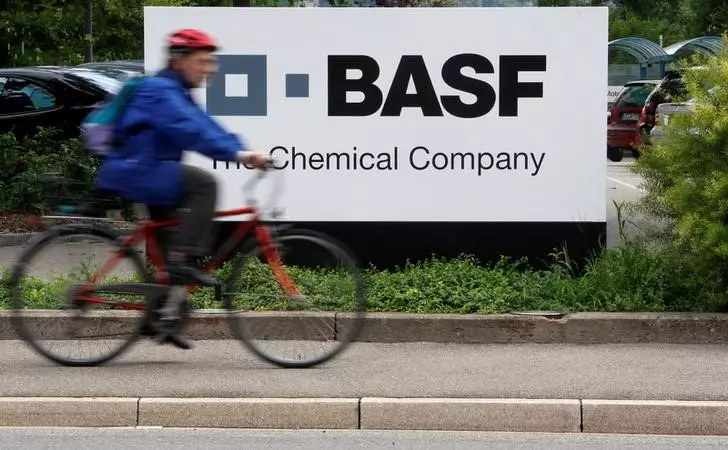BASF, a global leader in the chemical industry, has recently reported its preliminary figures for 2024, revealing a significant downturn in expected earnings. Trading activity on Monday reflected this pessimistic outlook, with shares dipping in response to a quarterly earnings before interest and taxes (EBIT) forecast of only €2 billion. This figure starkly contrasts with the analyst consensus of €3.2 billion and the previous year’s earnings of €2.2 billion. Such a substantial deviation raises concerns about the company’s adaptability amidst an evolving market landscape.
Driving Forces Behind Declining Earnings
The primary factors contributing to this reduced forecast appear to be substantial non-cash impairments, particularly within BASF’s battery materials sector, which falls under their Surface Technologies portfolio. The company has incurred impairments totaling €1.9 billion, a reflection of their ongoing struggles in aligning with current market demands and conditions. Furthermore, extensive restructuring efforts across various segments are compounding these financial challenges, hinting at significant operational overhaul meant to stabilize the company in the long term.
While BASF has seen an increase in operating volumes and a minor recovery in sales prices, these enhancements have not been sufficient to counterbalance the inflated costs and diminishing earnings trajectory, notably within the Chemicals segment as the year progressed. This weak performance in a crucial sector highlights broader issues within the company’s operations and market strategy.
Interestingly, not all segments experienced declines. BASF’s Agricultural Solutions division reported a commendable growth trajectory compared to the previous year, suggesting that while certain areas falter, others show resilience and potential for future opportunity. Nevertheless, overall sales are forecasted to decrease to €65.3 billion in 2024, down from €68.9 billion in 2023. This decline is largely attributed to unfavorable pricing trends and adverse currency impacts. Even with a slight increase in volumes, the company is grappling with external economic pressures that diminish its revenue potential.
BASF’s anticipated free cash flow for 2024 stands at €0.7 billion—this figure might exceed analysts’ estimates, along with the company’s own expectations, yet marks a considerable decline from €2.7 billion attained in 2023. The projection illustrates a diminished capacity for liquidity and investment flexibility, which could hinder future growth initiatives. Furthermore, the outlook on net income remains vague, primarily due to pending evaluations regarding the company’s at-equity participation.
In their official statement, BASF indicated a belief that the consensus net income of €2.2 billion would be unattainable, yet they projected that the previous year’s earnings of €225 million would see a significant improvement. This statement embodies a cautious optimism, juxtaposed with the evident challenges ahead, painting a complex picture of BASF’s fiscal health and strategic direction for 2024. The uncertainty of market conditions and internal restructuring will be crucial to monitor in the upcoming months to gauge the company’s recovery trajectory.

